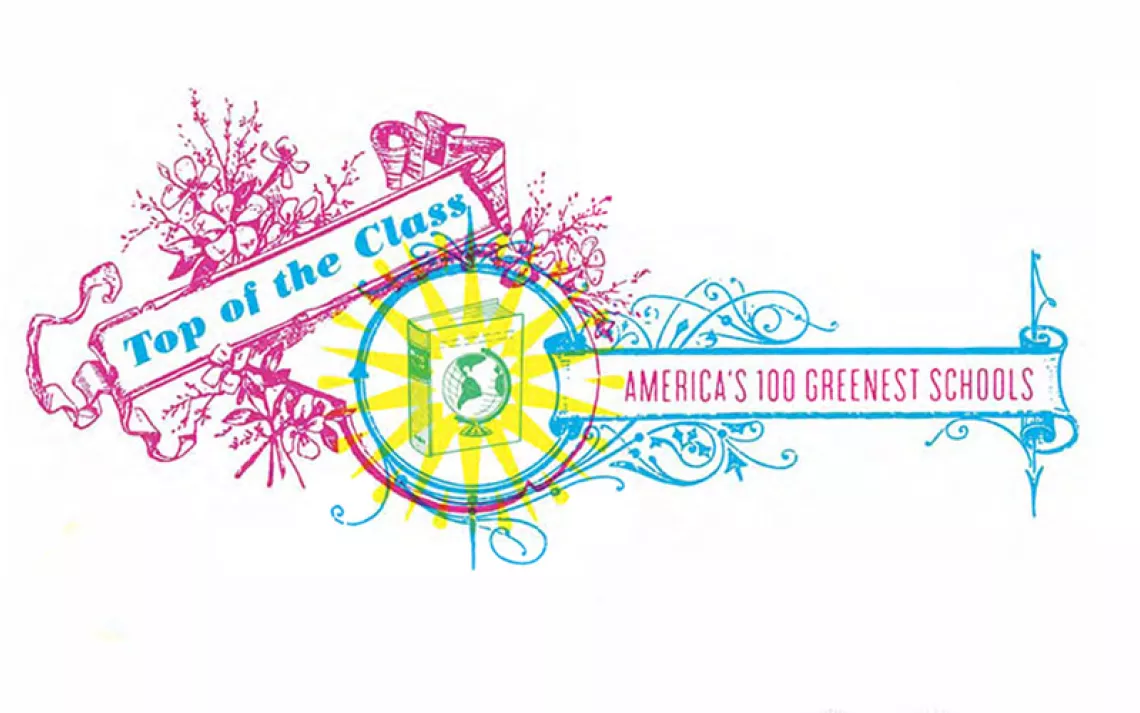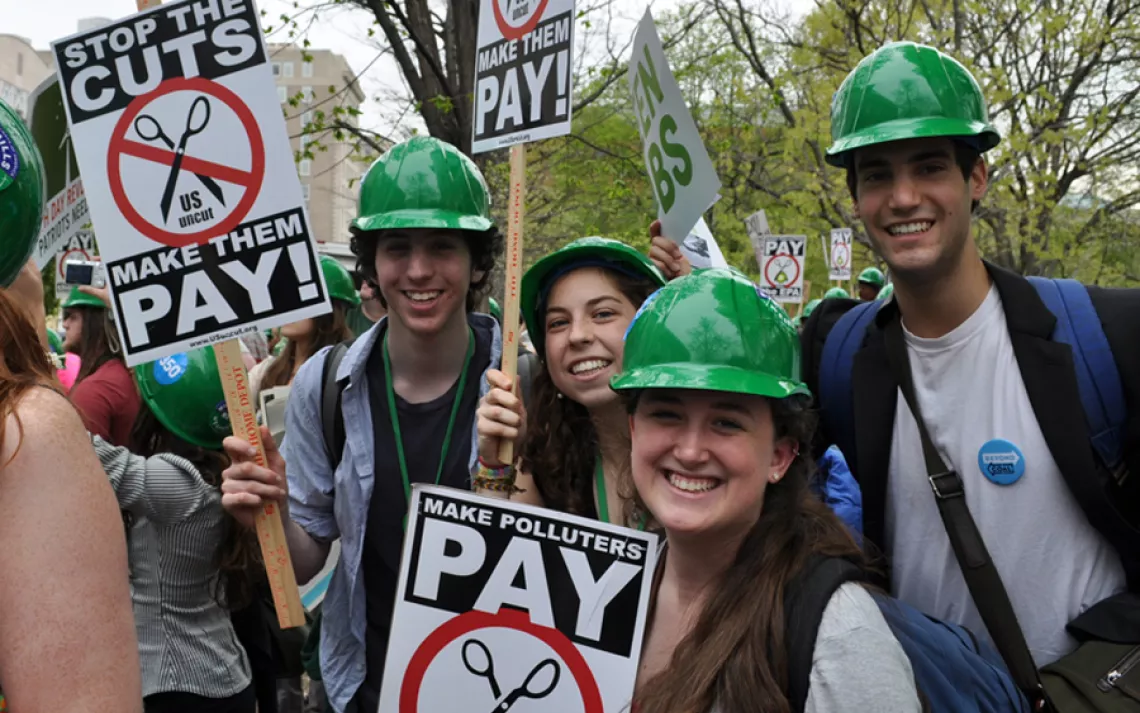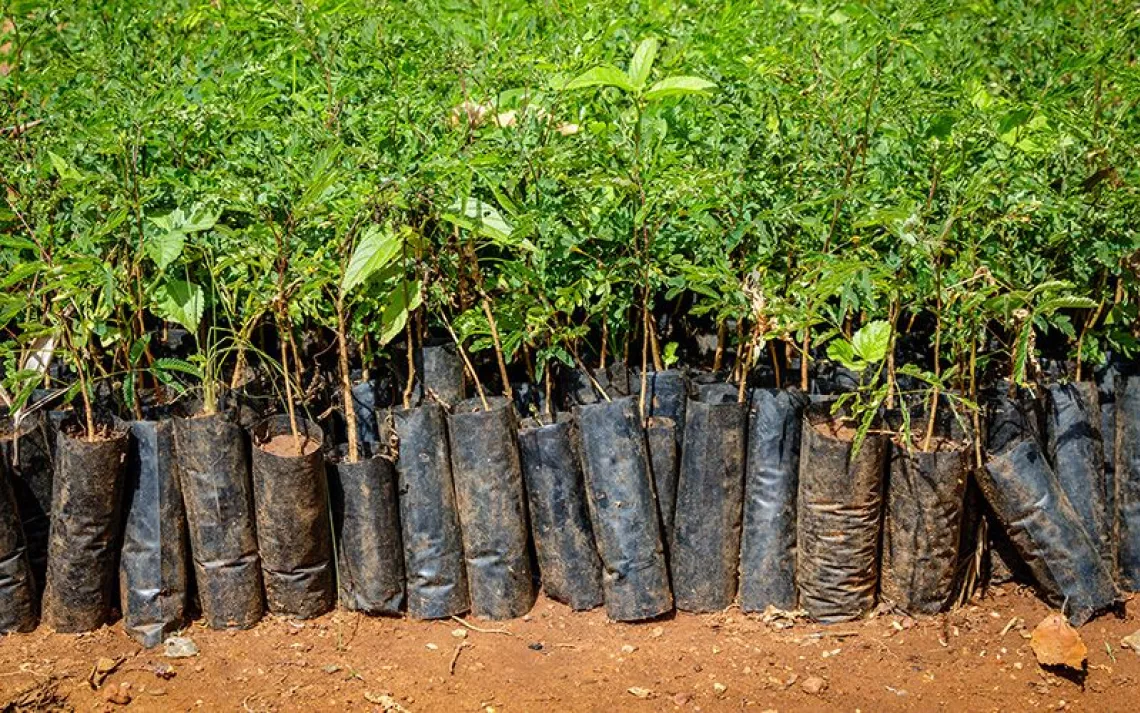The 10 Coolest Schools, 10 Years On
Sierra's 2016 rankings of the most environmentally sustainable colleges and universities in the United States

Photo by iStockphoto/mediaphotos
Ten years of doing something will invariably make you better at it. And so it goes with Sierra's ranking of America's greenest colleges. This issue marks a full decade of our efforts to champion the schools that prioritize environmental protection.
When we launched Cool Schools in 2006, we covered just 10 colleges. Today, we administer a 64-question survey that engages the participation of more than 200 universities. We run their answers through a custom-built algorithm that spits out a score for each school. Our yearly ranking has helped higher-ed institutions justify establishing a sustainability department and secure money for things like solar panels and living roofs. This year, it also amplifies the voices of student activists who demand that their school's endowment divest from dirty energy.
We've been tweaking our scoring system since the beginning. This year, those improvements have shaken up our top 10.
A decade ago, universities were just starting to take stock of what their campuses were doing to protect the planet. Until now, we awarded partial points merely for answering each question: At least schools were tracking what they weren't doing. These days, happily, this type of measurement is de rigueur, so, for most questions we no longer award credit just for responding. To earn points, schools must be making measurable progress.
And to back the crusading work of the Sierra Student Coalition, the Sierra Club's youth chapter, we added a question: "Has your institution made a public decision to sell its investments in any fossil fuel companies?" Schools that answered no struggled to land in our top 10.
Finally, we're weighing "energy use by type" more than twice as heavily as before. The Sierra Club's Ready for 100 campaign encourages U.S. cities to shift to 100 percent renewable energy, so we're holding campuses to that same standard.
More than two-thirds of high schoolers say that whether a college is green factors into their selection process. The stories alongside this year's ranking dig into why today's young people, those still in grades K to 12, care so much about environmentalism. We report on the changes happening in elementary, middle, and high schools—the nationwide effort to educate our kids as much about environmental issues as, say, geometry or American literature.
This type of education doesn't only happen in the schoolhouse. It also happens in the vegetable garden outside the classroom, or in the newly greened cafeteria, or out under the parking lot's solar panels—these nooks and crannies mold children's minds.
Sometimes it happens in the courtroom. Case in point: 21 plaintiffs, ranging in age from 8 to 19, are suing the U.S. government for failing to stabilize the climate for their generation. If that isn't proof that our kids' educational institutions are doing their job to get children eco-literate, we're not sure what is.
 The Magazine of The Sierra Club
The Magazine of The Sierra Club



